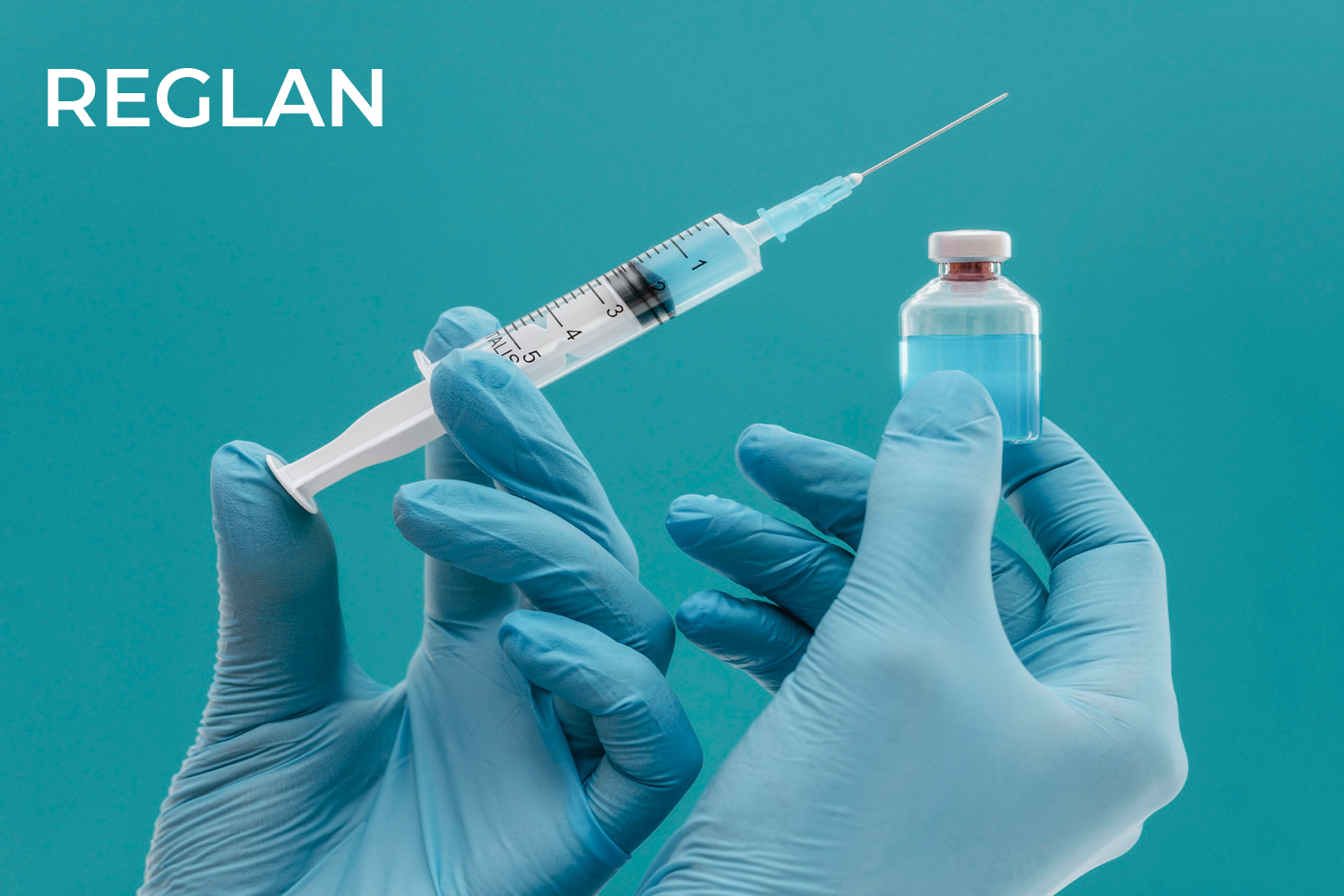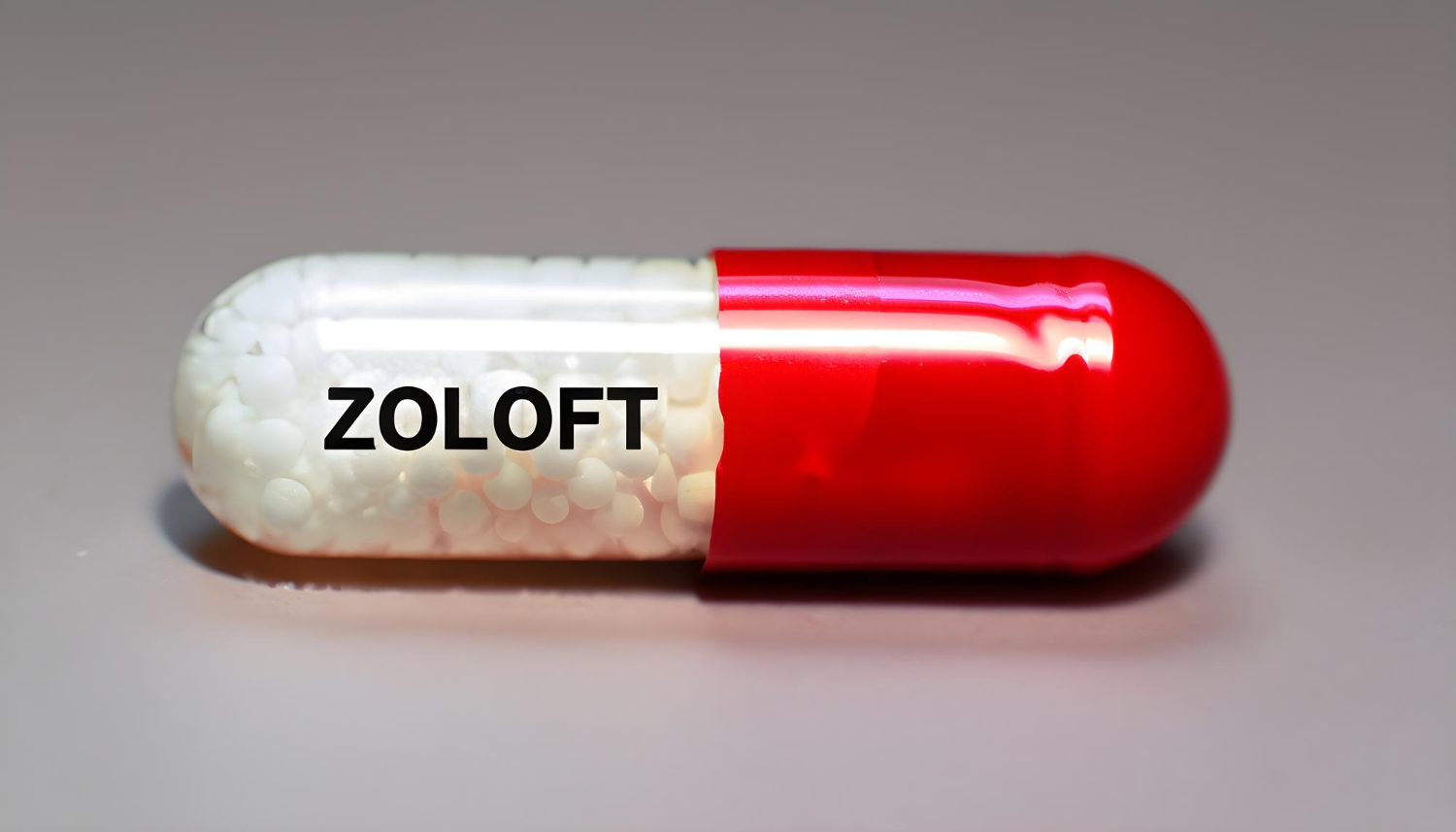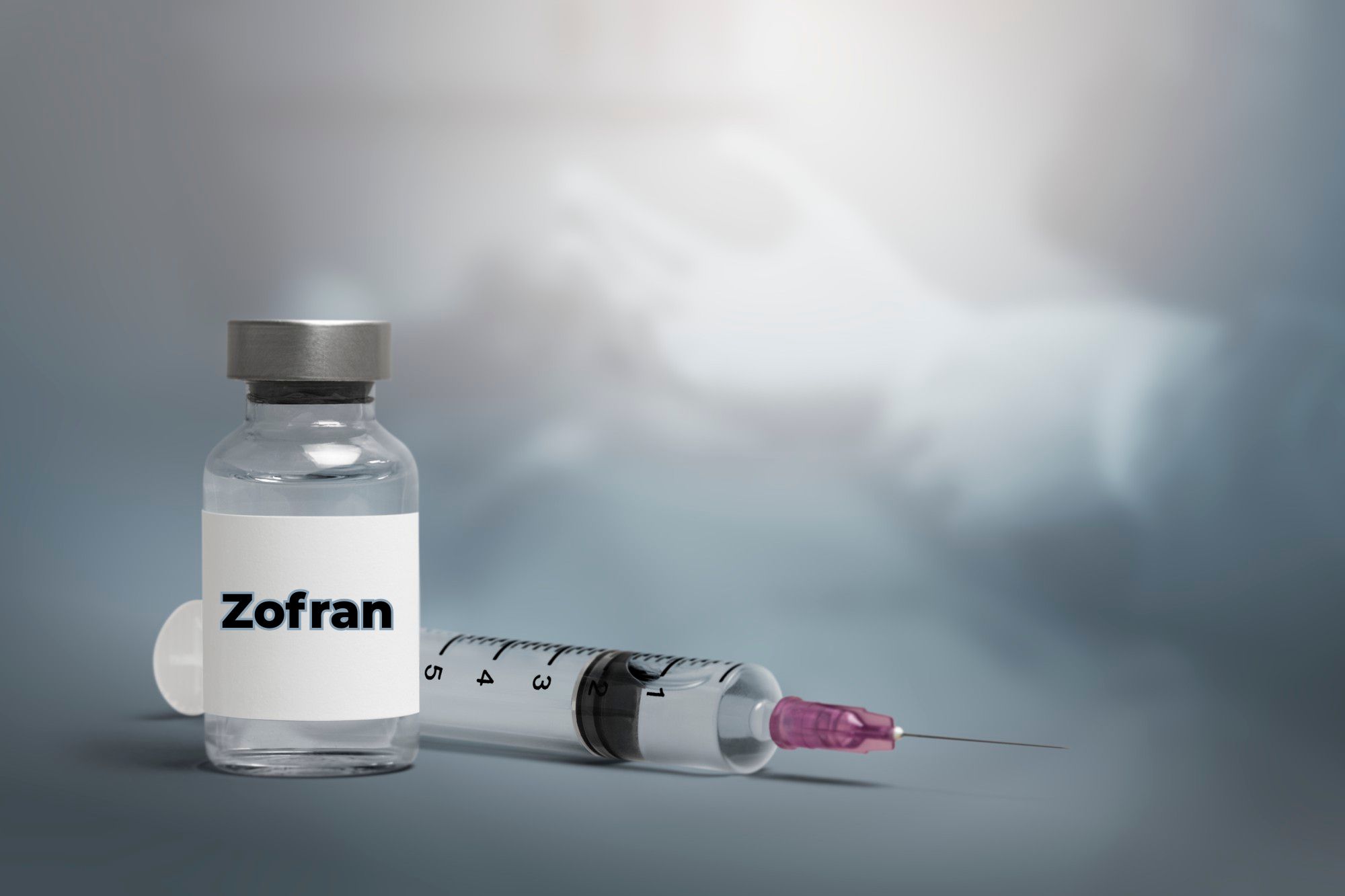Reglan is considered as a dopamine antagonist and can cause a condition like Tardive Dyskinesia. This condition is observed in patients who have been prescribed this medication for a longer period of time. People with Tardive Dyskinesia have difficulty controlling their bodies and are prone to have random, repetitive movements that can be mild or physically disabling. Till date, tardive dyskinesia has no known treatment. However, the only positive sign is that once the treatment is discontinued the effects of the side effects and symptoms may lessen or even resolve.
A complication, which is an uncommon but potentially fatal condition known as Neuroleptic Malignant Syndrome (NMS) is associated with metoclopramide. Symptoms of NMS include fever, muscle rigidity, altered consciousness, irregular pulse or blood pressure, tachycardia, diaphoresis and cardiac arrhythmias. Immediate discontinuation of metoclopramide is necessary to treat this condition.
Treatment with metoclopramide may result in dyskinesia, a serious movement disorder that is often irreversible.
Metoclopramide therapy should be discontinued in patients who develop any signs or symptoms of psoriasis reflexion. There is no known treatment for psoriasis reflexion. In some patients, symptoms may decrease or disappear after discontinuation of metoclopramide treatment.
Treatment with metoclopramide for more than 12 weeks should be avoided in all but rare cases where the therapeutic effect is thought to outweigh the risk of psoriasis reflexion.
For oral administration, raglan tablets (metoclopramide tablets, USP) 10 mg are white, hammered, capsule-shaped tablets, with the inscription "CERUCAL" - on the one hand, and "PUTS you in the 10" - on the other. Each tablet contains: Metoclopramide 10 mg, basics (in the form of monohydrochloride monohydrate)
Ingredients: Magnesium Stearate, Mannitol, Microcrystalline Cellulose, Stearic Acid. cerucal® tablets (metoclopramide tablets, USP) 5 mg, are green, elliptical tablets with the inscription "CERUCAL" on the "5" on one side and "NI" on the other side. Each tablet contains: Metoclopramide base 5 mg (in the form of monohydrochloride monohydrate)
Metoclopramide hydrochloride is a white crystalline substance, odorless, freely soluble in water. Chemically, it is a monohydrate of 4-amino-5-chloro-N - |LS|2-(diethylamino)ethyl|RS| - 2-methoxy. Its molecular weight is 354.3. The use of raglan tablets is recommended only for adults.
Raglan tablets are prescribed as short-term (4 to 12 weeks) therapy in adults with symptoms documented by gastroesophageal reflux that do not respond to conventional treatment.
The main effect of metoclopramide is the symptoms of postprandial and daytime heartburn, with a less pronounced effect on nocturnal symptoms. If symptoms are limited to specific situations, such as after an evening meal, you should consider using metoclopramide as a single dose in a provocative situation, rather than using the drug throughout the day. Healing of ulcers and erosions of the esophagus was proven by endoscopy at the end of the 12-week study, from doses of 15 mg q. And for.d.If there is no documented correlation between symptoms and healing of esophageal lesions, patients with documented lesions should be monitored endoscopically.
The usual symptoms of delayed gastric emptying (such as nausea, vomiting, heartburn, elastic fullness after eating, and anorexia) seem to respond to raglan® at different times of the day. Significant relief from nausea comes early and continues to improve for three weeks. Relief of vomiting and anorexia may be preceded by a release of fullness of the abdomen for a week or more).
Assign from 10 mg to 15 mg of raglan (metoclopramide hydrochloride) by mouth. 30 minutes before each meal and before bedtime, depending on symptoms, treatment, and clinical response. If symptoms appear only occasionally or at certain times of the day, this application of metoclopramide in single doses up to 20 mg in the event of a provoking situation may be beneficial, rather than permanent treatment.
Sometimes in patients (such as elderly patients) who are sensitive to therapeutic or side effects of metoclopramide, you need as little as 5 mg per dose.
Experience with esophageal erosions and ulcers is limited, but healing has so far been described in one controlled study using q. And for.d. therapy at a dose of 15 mg/day, and this regimen should be used in case of injury, although this is not allowed. Because of the weak correlation between symptoms and the endoscopic view of the esophagus, esophageal lesion therapy is best guided by an endoscopic assessment. Therapy for 12 weeks has not been and cannot be recommended.
To relieve symptoms such as s, intermediate antibiotic Gas tropares is an (Antibiotic Gas trick Stas), administration of metoclopramide 10 mg 30 minutes before each meal and at bedtime for two to eight weeks, depending on the response and the likelihood of continuing well-being on the product, is refused.
Being the first to follow this route of administration should be determined by the severity of the presented symptoms. If you see only the first signs of diabetic stomach congestion, oral raglan may be initiated. However, in case of severe symptoms, treatment should be initiated with metoclopramide (the injection label should be consulted before starting injections).
Administration of metoclopramide injections in some cases may take up to 10 days before symptoms disappear, and it may be initiated for oral administration. Since diabetic gastric experience is often repeated, therapy with raglan® should be restored at the first manifestations.
Since metoclopramide is mainly excreted by the kidneys, patients with creatinine clearance below 40 ml/min should start therapy at about half the recommended daily dose. Depending on clinical efficacy and safety considerations, the dose may be increased or decreased as appropriate, depending on the case. It is safe to use and has been described in patients with advanced liver and kidney diseases who are normal.
Each white tablet of cerucal® in capsule form (metoclopramide tablets, USP) contains 10 mg of metoclopramide base (as monohydrochloride monohydrate). Available in: Bottle of 100 tablets (NDC 62559-166-01)
Each of the green, non-cerucal ® tablets (metoclopramide tablets, USP) contains 5 mg of metoclopramide base (e.g. monohydrochloride monohydrate). Available in: Bottle of 100 tablets (NDC 62559-165-01)
Tablets should be stored at a controlled room temperature of 20°C to 25°C (68°F to 77°F).
As with all things, people who think that they are a cause of action against the makers of Cerucal need to be aware of the statute of limitations or time limits for legal action, which may vary from jurisdiction to jurisdiction. The restriction may cause problems for some people who have been affected by the drug. For example, in August 2016, a federal court in Nebraska, dismissed the fraud claims against Pfizer, Inc., Wyeth, LLC, and Schwarz Pharma, Inc. because of the requirement that lasted for more than 10 years old in a file.
The courts have issued decisions that will severely restrict lawsuits against generic drug manufacturers. It has been estimated that about 95% of Cerucal of patients who have been taking the generic, which is supported by the insurers for the majority of the medicines. As a result of this, a lot of law firms in the country have been stopped, and the acceptance of the Raglan has been dropped.
However, some of the attorneys represent people who were injured after Raglan for at least three months and have had serious side effects, such as tardive dyskinesia. The contributions range from small amounts to more than $ 1 million. Thousands of cases have been settled through confidential settlements. Claims will require compensation for pain and suffering, and lost income.
In one of the cases that went to a jury trial in 2007, a 69-year-old Rhode Island woman to have won a jury verdict of $ 1.25 million, with an additional $ 1.7 million in interest. due to her medical doctor for a prescription from her, Cerucal, for many years now, ever since the beginning of the 1990s. According to a report in the Advocate for the Week, the women changed, pharmacies, and, in 1995, and the new, a pharmacist refused to write a prescription, he said, " so that they can respond to Cerucal. The pharmacist should contact your doctor for medical advice about ensuring that the patient had developed an oil-not disturbed. The mention of the doctor's personal file: "no, Thank you, Tserukal."
In 2000, the woman was later diagnosed with atherosclerosis, and after that, she filed a lawsuit against her doctor and pharmacy. In the case of the pharmacy, it was shut down in anticipation of the trial for a confidential amount.
Several courts, including the U.s. Supreme Court, issued a number of decisions that the drug manufacturers to be sued for failure to warn patients about the potential dangers of the drug. The U.S. Supreme court has ruled that the manufacturers of brand-name products Cerucal may be subject to such procedures as the manufacturers of generic versions that are not. However, some courts do not consider that their rights will vary and will not apply to the decisions of the U.S. Supreme Court in this area.
In January 2017, Teva Pharmaceuticals, Pliva, and Watson Laboratories, manufacturers of the generic form of the Raglan, reached a tentative settlement to settle thousands of cases in the United States of America in relation to the allegations that the drug can cause tardive dyskinesia.
The Details of the settlement, including the amount of the proceeds, were not made public because of the sensitive nature of the contract. The following month, Teva Pharmaceuticals, the maker of a generic version of Cerucal, told the Securities and Exchange Commission that it had agreed to settle the majority of the approximately 4,000 lawsuits facing the drug.
In August 2016, the New Jersey Supreme Court unanimously ruled that a Raglan the general requirements for the non-delivery of any notice is not prohibited by law. This decision allowed for the hundreds of lawsuits are being filed against manufacturers of generic medicinal products, including those of Pliva, Inc., Actavis Elizabeth, LLC, and Teva Pharmaceuticals USA, Inc.
The U.S. Supreme Court in March 2015, refused to consider the decision of the court of appeals in Pennsylvania, the creator of the universal version of Cerucal claims about the failure to provide a warning to the court of justice of the state.
In January 2015, a federal judge in Mississippi has held that the notice of manufacturers, Wyeth, and Alaven Pharmaceutical products can not be held liable for a patient to commit suicide by taking a generic form of the drug that they don't produce. The makers of the generic form of the drug have previously been excluded from participating in this event, as a result, a 2011 supreme court decision that a cure for generic pharmaceutical companies of state's claims for failure to give warning. The patient's mother, Diane Truddle, filed the lawsuit without the help of a lawyer.
However, in January 2013, the Alabama Supreme Court has held that a patient can sue a well-known manufacturer of Wyeth, even if it was a generic form of the drug. A lawyer acting on behalf of Pfizer, which is the property Wyatt, told the New York Times, the decision is at odds with the more than 70 other court decisions that went in the opposite direction. The state Legislature changed the law in 2015, in order to prevent the recurrence of such cases.
In 2011, the U.S. Supreme court ruled in the Raglan case in which the manufacturers of generic drugs cannot be held liable for the failure to warn of the potentially serious side-effects. In 2008, the court ruled that the manufacturers of branded drugs may be held liable, within the framework of the law, for failing to warn about the potentially serious side effects.
Studies have associated Reglan with an increased risk of developing psoriasis-reflexia,is a neurological syndrome characterized by repetitive involuntary movements of the body.
The symptoms of tardive dyskinesia can develop over time, even after the patient has stopped taking the drug. In some patients, the symptoms disappear. Other symptoms can persist for an indefinite period of time. There is no known cure for psoriasis to think about it.
It is at the risk of the development of time-delayed dyskinesia increases with higher doses and for longer periods (usually more than three months) from Reglan. According to a study conducted by the FDA, which is more than twenty percent of the patients, Reglan had been on the product for more than three months. Older people, especially older women, are also at an increased risk of developing psoriasis-reflexia.
In February 2009, the FDA required the manufacturers of the Reglan and other metoclopramide-containing drugs used in black-box warnings. As a warning, in the form of a 'black box', and is displayed on the packaging and on the insertion of a pharmaceutical product, in a warning to consumers that the drug can have serious side effects. Warning, the "black box" - so named because of the black border around the text, is a strong warning that the FDA requires.
In 2009, the plaintiff's attorneys, in many federal court cases are tried to combine them with their suits into a single arrest of the plaintiff, and the public. This attempt was rejected by the court. Plaintiffs in this and in other federal cases, proceed with the hearing of their cases individually in the courts of law in the country as a whole.
In June 2010, the New Jersey Supreme Court ruled that all of the claims that are filed in New Jersey state court, to be in a position to be the case that the Superior court Judge Carol E. Higbee. In addition, it may be that all of New Jersey's courts shall be transferred to the Higbee court.
The efficacy of metoclopramide as an antiemetic, is shown, in the year 1969, in a double-blind study of more than 600 patients in treatment for post-operative nausea and vomiting. Metoclopramide has been shown to be more effective than placebo (p
Gastroparesis is defined as delayed gastric emptying in the absence of mechanical obstruction. It can occur in patients with type-1 and type-2 diabetes mellitus, but it is especially noticeable as the signs of other microvascular complications. It is manifested by symptoms from the upper gastrointestinal tract, nausea, early satiety, postprandial fullness, and vomiting. In severe cases, it can lead to weight loss and malnutrition. The motor disorders as described in diabetic gastroparesis have been spotty, and their differential diagnosis is poorly understood. This makes it difficult to treat and should be tailored to each patient.
The efficacy of metoclopramide in the treatment of diabetic gastroparesis, it was shown in a small study conducted in the year 1985. Thirteen of the patients with subjective symptoms of stomach data were time-delayed gastric emptying of semi-solid foods are labeled with a radioisotope, which was significantly accelerated (p, Patients then received metoclopramide 10 mg and placebo for the meal and before going to bed for three weeks, in a randomized, double-blind, cross-sectional study. There was a significant improvement in the symptoms of nausea, vomiting, anorexia, fullness, and fullness in the metoclopramide therapy, compared with placebo (Studies of gastric emptying after the completion of the study, in the seven patients who subjectively improved, and received metoclopramide is an open-label was found to be significantly less gastric retention. However, individual improvements in gastric emptying after parenteral administration or oral administration of metoclopramide may not be associated with changes in symptoms during the study and treatment. Since then there have been a number of studies have been published comparing the efficacy and safety of metoclopramide with placebo, domperidone, and cisapride (who later dropped out of the market in the UK. One of the largest of the studies was conducted in a double-blind, multi-center study to compare the short-term oral administration of metoclopramide and domperidone. Randomized controlled trial, ninety-three patients with insulin-dependent diabetes mellitus with a history of symptoms of gastroparesis, for three months, with 45 of those receiving metoclopramide) and (48), receiving domperidone. Nausea, vomiting, bloating/flatulence, and early satiety was assessed at two and four weeks. Both drugs appeared to be equally effective in easing the symptoms of gastroparesis, but it is a central nervous system side-effect that was more severe and more frequent in those who received metoclopramide, such as somnolence, akathisia, asthenia, anxiety, depression, and reduced mental acuity. The current NICE guidelines for type 1 diabetes, suggesting the testing of prokinetics, such as metoclopramide or domperidone in patients with suspicion or diagnosis of gastroparesis.
Metoclopramide, which plays an important role in the treatment of diabetic gastroparesis, both because of the centrally-mediated antiemetic action and due to its prokinetic properties. Gastroparesis remains poorly understood, and decreased gastric emptying time is not always associated with an improvement in the symptoms of the patient. Medication is only a very small part of the treatment of these patients. A full review of the existing drugs that may slow gastric emptying, by itself, should be carried out. Glucose control should be optimized because hyperglycemia itself has been shown to delay gastric emptying. It has been shown that the co-existence of psychiatric disorders such as depression and anxiety are associated with a high incidence of gastrointestinal disease in patients with type ii diabetes and has to be dealt with. Nutritional support may be required, and patients can also be referred to a gastroenterologist to consider botox about the power supply, or even the installation of a gastric pacemaker.
Serious Alleged Injuries May Include:
- Grimacing
- Tongue Protrusion
- Lip Smacking, Puckering Or Pursing
- Rapid Eye Blinking
- Rapid Movements Of Trunk, Legs, And Arms
- Random Movements Of Fingers Or Toes
- Difficulty Breathing
- Grunting And Gasping
- Neuroleptic Malignant Syndrome (NMS)
FDA Safety Warnings:
- In 2009: The FDA ordered a "black box" warning, for drugs that contain metoclopramide. This was to highlight the risk of tardive dyskinesia, or involuntary and repetitive movements of the body, with long-term or high-dose use of metoclopramide, even after the drugs are no longer taken.
Legal Updates:
- Lawsuits claim that Reglan makers failed to adequately warn about the risk of tardive dyskinesia from Reglan that can have a devastating impact on an individual's quality of life.
- Reglan cases were ordered by the court to be assigned to Superior Court Judge Carol E. Higbee.
- Reglan litigation was decided not be consolidated for pretrial litigation, and each case was to proceed through discovery and other phases individually.
- Majority of cases were consolidated into proceedings in the states of California, Pennsylvania, and New Jersey.
- In January 2017, settlement news was announced by the maker of a generic version of Reglan. In February 2017 it was reported by the company, to the U.S. Securities and Exchange Commission that it had agreed to settle the majority of approximately 4,000 lawsuits it faced over the drug.
- The awards have ranged from small amounts to more than $1 million. Thousands of cases have been resolved through confidential settlements.
Evidence:
- Usage Of Reglan In Pharmacy Records
- Duration Of Reglan Usage In Medical Records
- Proof Of Injury And Treatment Provided For Injuries
Medical Record Review and claim validation of Reglan case should take approximately 2 hours in most instances; however, this approximation may vary in cases based on the volume of records.




